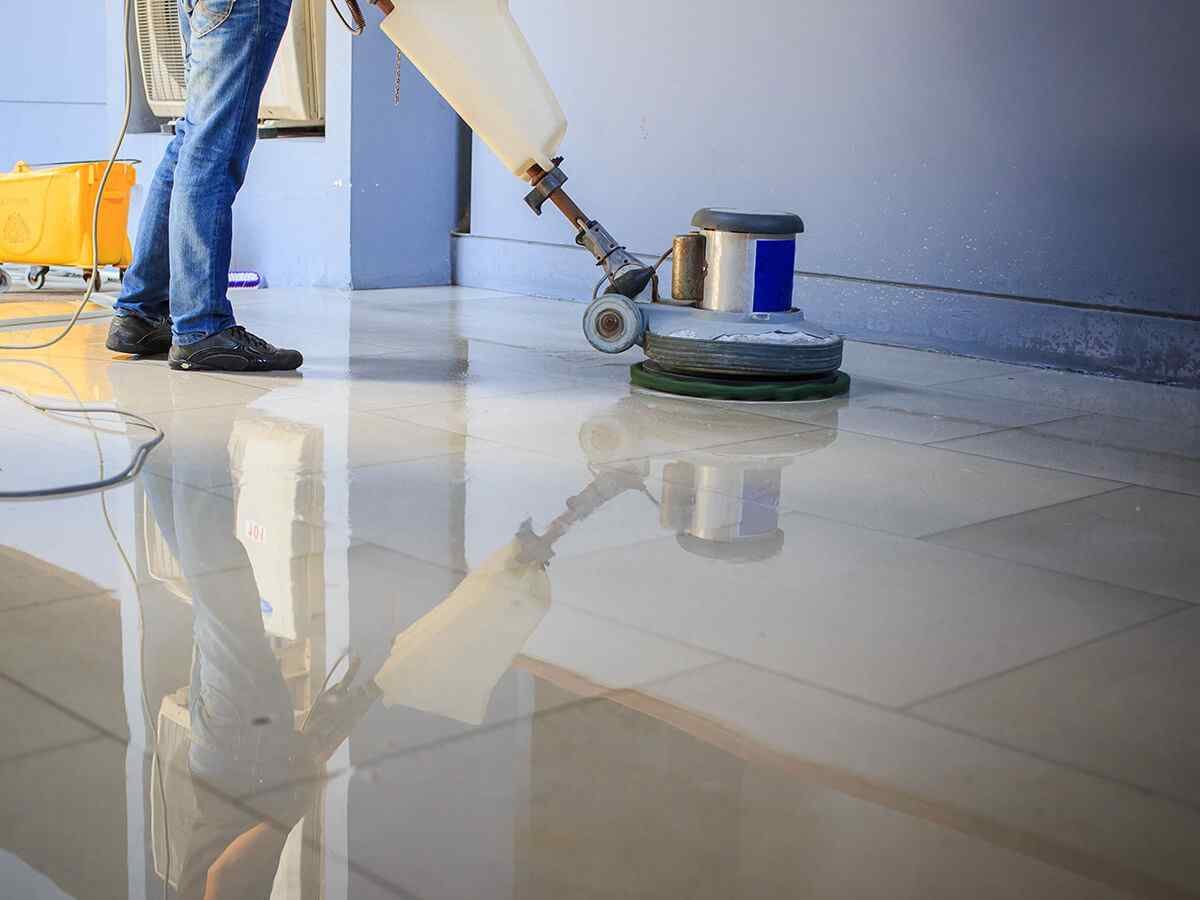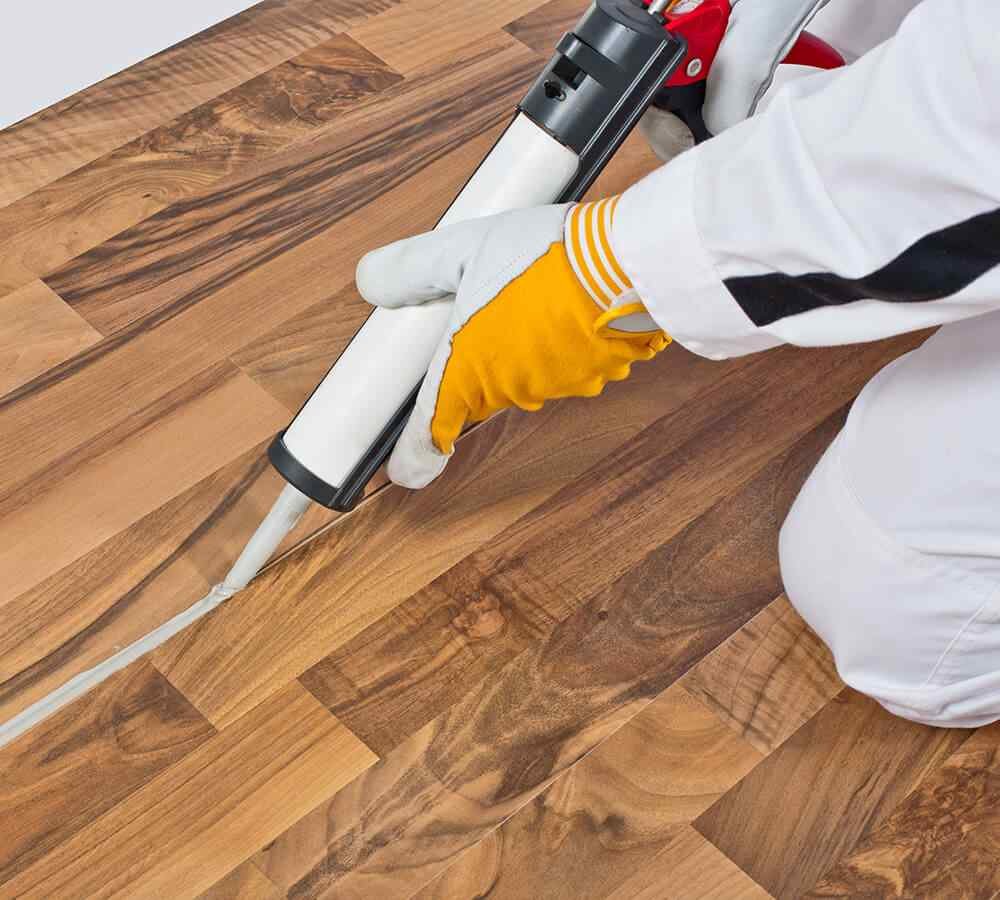
Laminate Floor Installation
Laminate floor installation involves laying down synthetic flooring that simulates the look of hardwood or tile. It typically begins with preparing the subfloor, which involves cleaning, leveling, and ensuring it’s dry and smooth. Underlayment is then laid down to provide cushioning and moisture protection.
Next, laminate planks are measured and cut to fit the room, leaving an expansion gap along the walls. Planks usually interlock to form a floating floor, meaning they aren’t nailed or glued to the subfloor. Installation starts in a corner and progresses row by row. Special care is taken around doorways, transitions, and obstacles.
Once all planks are installed, baseboards and transitions are installed to cover gaps and edges. The result is a durable, low-maintenance floor that can resemble hardwood, tile, or stone at a lower cost. Proper installation ensures longevity and aesthetic appeal in residential and commercial spaces alike.
Laminate Floor Maintenance
To maintain laminate floors:
1. Regularly sweep or vacuum to remove dirt and debris.
2. Use a damp microfiber mop or a mixture of vinegar and water (1:4 ratio) for sticky spots or spills.
3. Avoid harsh cleaners and abrasive tools.
4. Use felt pads under furniture legs to prevent scratching.


Vinyl Floor Installation
Vinyl floor installation involves:
1. **Preparation**: Ensure the subfloor is clean, dry, and level.
2. **Underlayment**: Use if necessary for cushioning and insulation.
3. **Cutting and Fitting**: Measure, cut, and fit vinyl sheets or tiles to size.
4. **Adhesive Application**: Apply adhesive evenly, working in sections.
5. **Installation**: Start from one corner, pressing firmly into place.
6. **Trimming and Finishing**: Trim edges and install baseboards or transitions.
7. **Cure Time**: Allow adhesive to cure before use.
Vinyl Floor Maintenance
To maintain vinyl floors:
1. Regularly sweep or vacuum.
2. Damp mop with a mild cleaner.
3. Use felt pads under furniture.
4. Clean spills promptly.
5. Avoid harsh chemicals and excessive water.

Customer service is our #1 priority

VINYL FLOORING
flooring & repair.

TIMBER FLOORING
services of any kind.

BAMBOO FLOORING
routine care.

